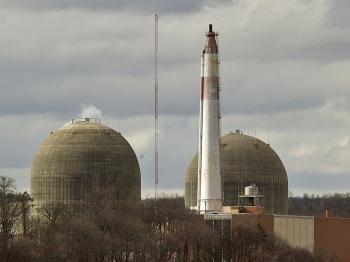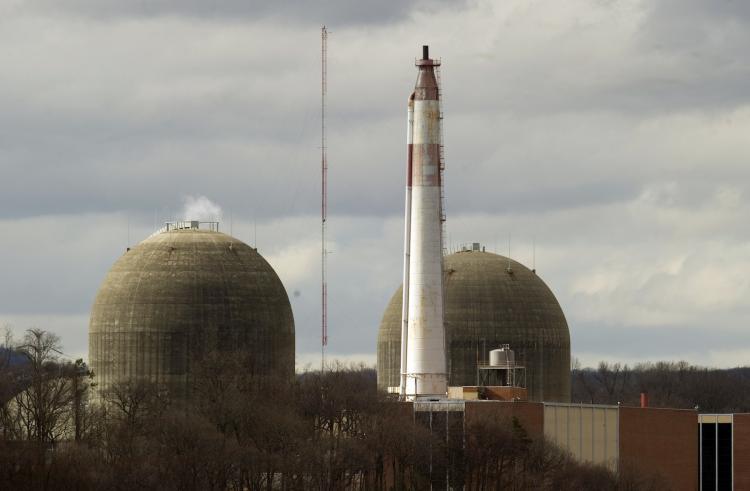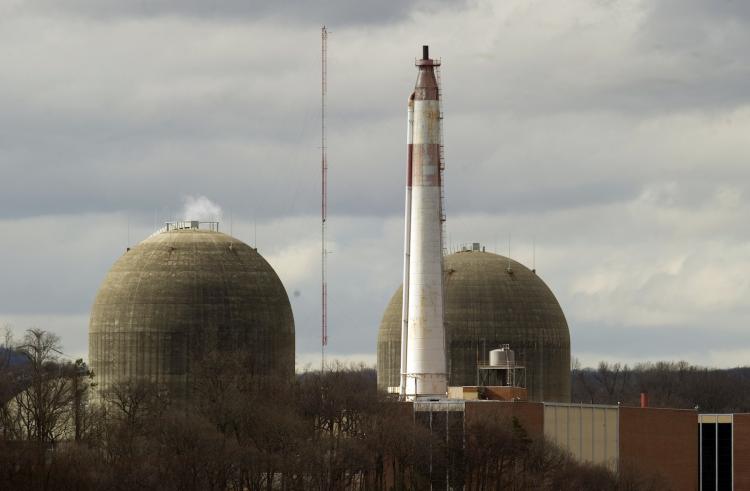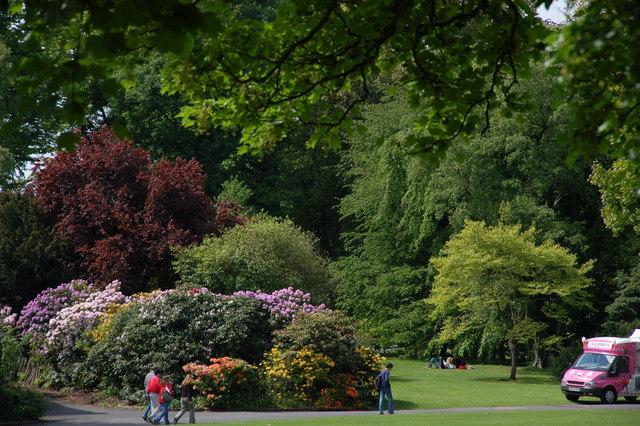Opinion
The Nor'easter: Nuclear Power’s Environmental Mess
There is no doubt in my mind that reducing our carbon footprint by cutting carbon emissions is a good thing to do.

The Indian Point Nuclear Power Plant on the banks of the Hudson River in Buchanan, NY. Don Emmert/Getty Images
|Updated:
Evan Mantyk teaches history and literature in New York. He is also President and Editor of the Society of Classical Poets.
Author’s Selected Articles






